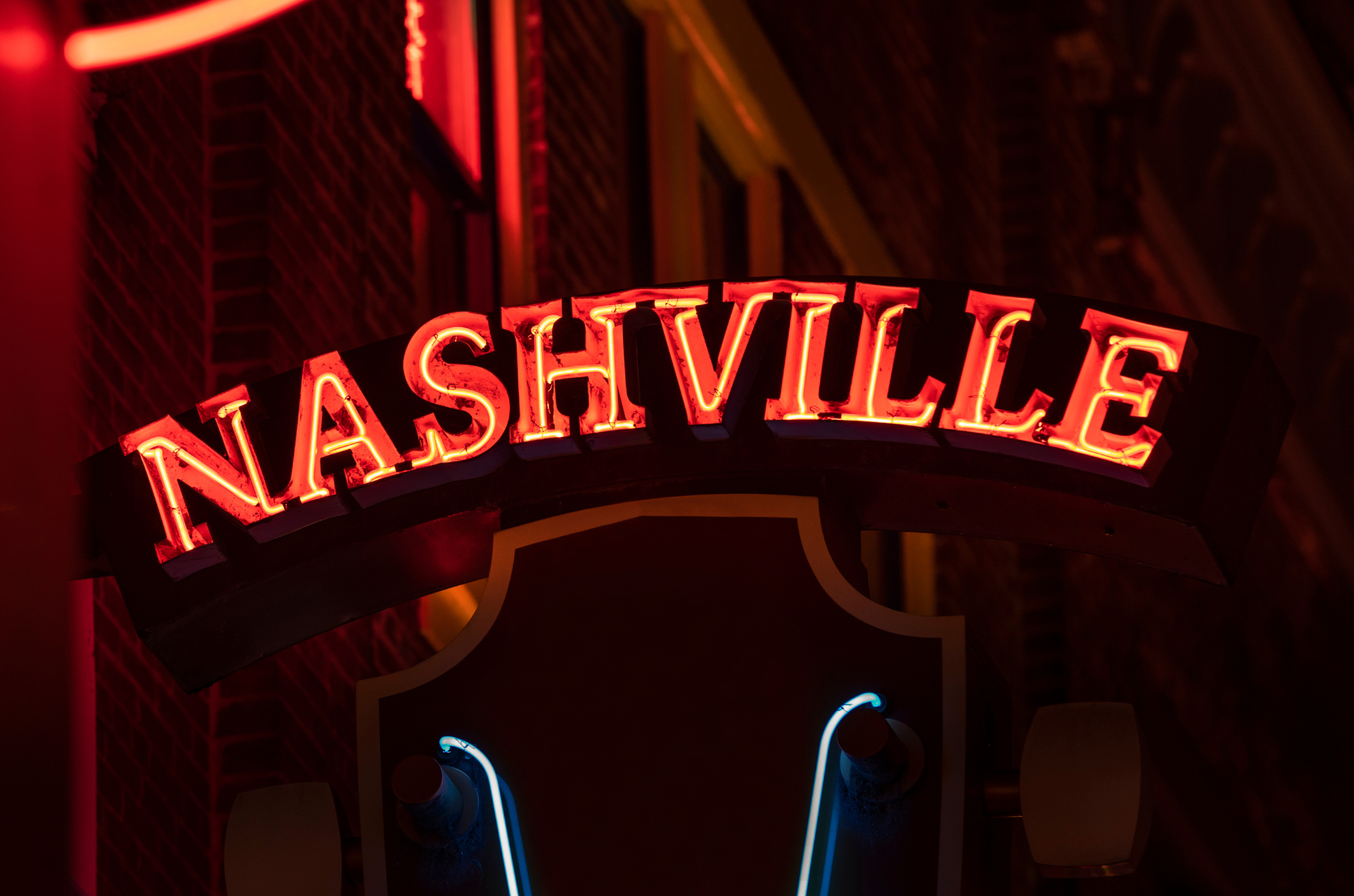
How Nashville Became “Music City, U.S.A.”
Published on November 23, 2023
This week’s blog post explores how Nashville became associated with country music. eATLAS has four adventures in Nashville. The Dolly Parton Tour takes you to eight sites associated with the country music legend, including venues where she has recorded and performed. We have three other free adventures incorporated into city landmarks that require an admission fee: The Grand Ole Opry House, Parthenon and The Hermitage, the mansion of President Andrew Jackson.
By Dave Lifton (@daveeatschicago)
In 1873, the Fisk Jubilee Singers toured the world to raise money for Nashville’s historically Black Fisk University, where its members were students. After performing spirituals for Queen Victoria, she was so taken by their talent that she declared that they must be from a “city of music.”
That story may be apocryphal (see below for a different explanation), but Nashville’s status as the home of country music is unquestioned. In the early days of the music industry, however, Chicago was America’s center for country music. As detailed in Mark Guarino’s 2023 book Country & Midwestern: Chicago in the History of Country Music and the Folk Revival, this was due to the large numbers of transplanted southerners and record labels in the Windy City. Another factor was the National Barn Dance, a variety show featuring local talent that was broadcast across the country on WLS Radio every Saturday night starting in 1924.
A year later, a Nashville station, WSM, created its own version of the National Barn Dance that, in 1927, was renamed the Grand Ole Opry. That same year, Ralph Peer of the Victor Talking Machine Company traveled through the rural South in search of talent for what was becoming known as “hillbilly music.” He held sessions in Bristol, Tenn., nearly 300 miles from Nashville. Among those he recorded would soon become two of country’s first stars, Jimmie Rodgers and the Carter Family.
In 1932, WSM expanded its range considerably with a 50,000-watt signal. The Opry made national stars out of its members, and it outgrew several homes. In 1943, it moved into the 2,362-seat Ryman Auditorium on 5th Ave. N (now Rep. John Lewis Way N.) just off Broadway in downtown Nashville.
The 1940s saw several key developments taking place in hillbilly music. In 1942 one of the genre’s biggest stars, Roy Acuff, teamed up with songwriter Fred Rose to form it first publishing house, Acuff-Rose. Towards the end of 1945, a mandolinist from Kentucky named Bill Monroe debuted a new band with banjoist Earl Scruggs and guitarist Lester Flatt on the Opry and gave birth to bluegrass.

Some of the greatest names in country music history emerged from Nashville during this time, including Hank Williams, Ernest Tubb, and Red Foley. In the last weeks of the decade, Billboard magazine gave the sound a new name when its “Hillbilly Hits” chart was changed to “Country & Western Records.” A year later, WSM’s David Cobb began introducing the Grand Ole Opry by saying that it was being broadcast from “Music City, U.S.A.”
In 1954, Decca Records producer Owen Bradley and his guitarist brother Harold built a studio in house that they bought on 16th Ave. S, less than two miles southwest of the Ryman. Three years later, RCA opened Studio B a block away, and Studio A followed in 1964. Until 1982, nearly every major country record coming out of Nashville would be birthed in one of these three buildings, including those by Patsy Cline, George Jones, Dolly Parton, Porter Waggoner, Loretta Lynn, Charlie Rich, Jim Reeves, Tammy Wynette, Charley Pride, and many more.
On those recordings, Bradley and his RCA counterpart, guitarist extraordinaire Chet Atkins, defined what would become known as the “Nashville Sound.” Also called “countrypolitan,” the rough honky tonk edges that had defined country were removed in favor of sweet strings, background vocals, and smooth production techniques to appeal to those who were turned off by rock n’ roll. The consistency from record-to-record was due to the “Nashville A-Team,” a collection of session musicians that included Floyd Cramer (piano), Chet Atkins and Hank Garland (guitar), Kenny Buttrey (drums), Buddy Emmons (pedal steel guitar), and Bob Moore (bass).
Because of the success of the studios, labels and publishing houses opened offices in the area, which earned the nickname “Music Row.”
By the end of the ‘60s, Music Row was thriving, but the Ryman was an outdated facility that had fallen into disrepair. Plus, downtown Nashville had been hit by crime and public and private disinvestment caused by white flight. WSM, which by now owned the building, decided to build a massive complex called Opryland in the Donelson neighborhood six miles northeast of the Ryman. It began with a theme park that opened in 1972. A 4,000-seat Grand Ole Opry House followed two years later, and a hotel completed the project in 1977. The park closed in 1997 and has since been replaced by a shopping mall.
After the Opry left, WSM wanted to demolish the Ryman, but preservationists and country music historians spared it from the wrecking ball. Instead, it lay dormant until the early 1990s, when it was renovated and upgraded, and has become a major tourist destination and concert venue in the city.
Since 1990, the Nashville has been booming and the population of its metropolitan area has more-than doubled to 1.2 million people. Its tourism industry is centered around its status as Music City, U.S.A., with the bars along Lower Broadway, aka Honky Tonk Highway, filled with live musicians all day long. In addition to the Ryman and Opryland, visitors can also learn more about the country music history at the Country Music Hall of Fame, Johnny Cash Museum, Patsy Cline Museum and Walk of Fame Park.

The Adventure starts when you say it does.
All eATLAS Adventures are designed and built by experienced eATLAS Whoa!Guides. They're always on. Always entertaining. And always ready to go.
Check out our Adventures!